Conversion tracking and other metrics are a vital part of any website running ad campaigns or any kind of marketing effort. One of the best ways to track these numbers and statistics is through Google Analytics.
It is mainly connected to Google Ads and other tools from the company, but it can also be used for your WordPress site. This way, you can track Google Ads conversions and other relevant data directly from your WordPress dashboard or Google’s interface.
If you want to know how to do it quickly, we’ve got you covered. In this article, we will show you everything you need to know to link your Google Ads account to your page and start conversion tracking in WordPress using simple steps.
Follow all instructions carefully to ensure the best results when tracking your conversion data and managing your code snippets. Here’s everything you need to know to track conversions precisely:
This article is a segment of a more extensive piece about How to Setup Conversion Tracking in Google Ads.
- Why Is Conversion Tracking So Important
- Why Use Google Analytics for Conversion Tracking
- What Metrics to Keep an Eye on When Tracking Data
- Efficient Conversion Values and How to Achieve Them
- How to Add Conversion Tracking to WordPress With Google Analytics
- How to Maximize Conversions and Optimize Metrics
- Conclusion on Adding Conversion Tracking Code to WordPress
Why Is Conversion Tracking So Important
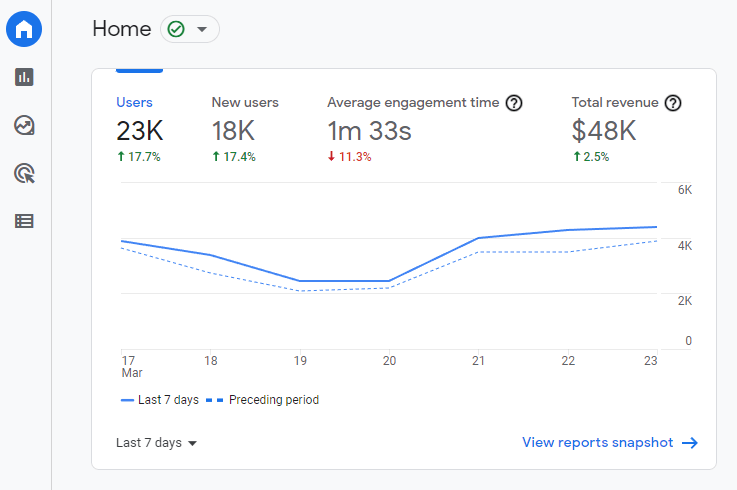
There are several reasons why you should always keep an eye on your numbers and statistics, whether when doing Facebook conversion tracking or actions for any platform. These numbers will guide all your efforts and ensure you make the right decision.
Moreover, they also tell a lot about your business’s health and what you need to do to keep up with good results. Whether through insight generation or valuable feedback, gathering data about your online store or website is indispensable.
Having the right tools allows you to do easy digital download tracking and manage all aspects of your campaign with a few clicks. Through this, you can optimize your conversion action and ensure better results in all other aspects, including your profits.
You can do WordPress conversion tracking regardless of your website and business size. It is a great solution and can benefit both small and large companies.
The most important part is to do it correctly and properly set up its different aspects. Otherwise, you might end up gathering imprecise data, which could lead to bad data-driven decisions.
Why Use Google Analytics for Conversion Tracking

Analytics is part of Google Ads Management Services and can precisely measure the main data you collect. It is mainly dedicated to Google Ads and PPC efforts inside their platforms, but it can also be linked to external providers, in this case, WordPress.
Google Ads is the main PPC service available for websites. Thanks to that, it has the most advanced and precise features you can find for this kind of task. The same goes for its tracking platform. You can find infinite tools to track and manage the different aspects of your business. If you want to know more about the ads service, you can check our article on what Google Ads is.
Another reason to choose Google Ads conversion tracking is that it is highly compatible with WordPress and other platforms, allowing you to link platforms easily without typing the code manually.
Along with that, if using Google, you have access to the ad conversions dashboard and other powerful tools that can be used to improve your content, like the Google keyword research tool.
What Metrics to Keep an Eye on When Tracking Data
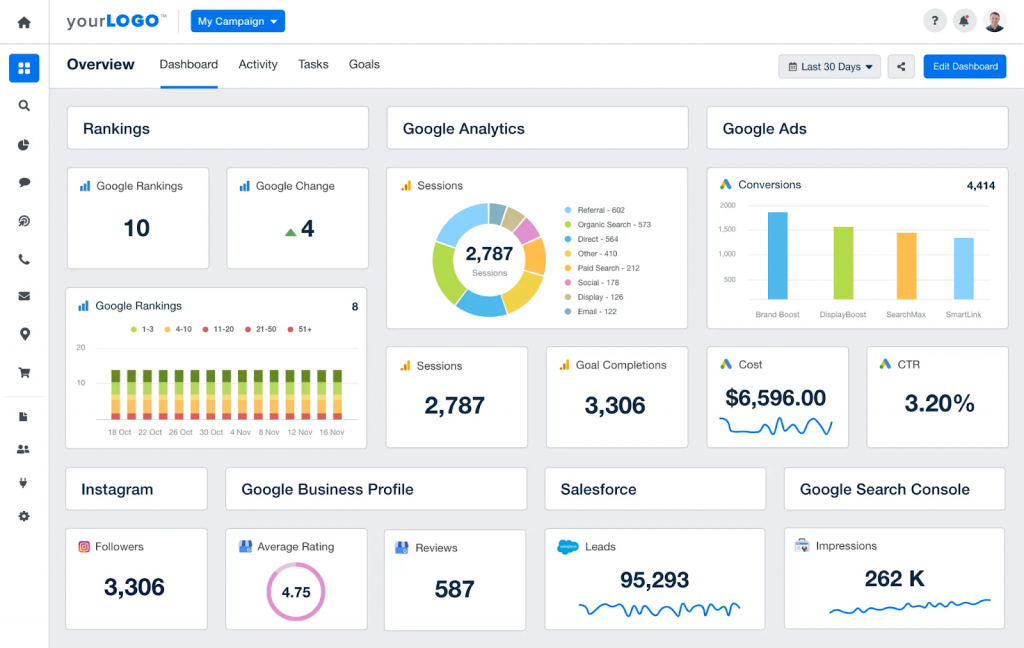
Google Ads is a very complex tool and can keep track of hundreds of different aspects of your business, so knowing what to look for when managing your metrics is indispensable for efficiency. Here, we will show you some of the main aspects you should look at when gathering data from your website URL and analyzing the conversion page.
Make sure to take a look at each one of them carefully to understand why they are important and how they can impact your WordPress website. Here are the main metrics you need to keep track of:
Cost Per Conversion

Whether when doing Twitter conversion tracking or gathering data from any platform, the cost for each conversion is one of the most important metrics to track. It regards how much you’re paying for ads and marketing efforts to generate one new conversion for your business. If you want to know more about how the cost per conversion impacts your business, check out our article on the subject and our main tips on how to maximize it.
This metric is directly related to how effective your paid efforts are and what you can do to reach your objective, whether it’s to make them click on your landing page or any custom events defined in Google’s console. However, it must be carefully analyzed, and your conversion pixel must be properly inserted in the website’s code.
Tracking the CPC is very simple, and you only need two pieces of data. The formula is your total campaign cost divided by the total number of conversions.
Conversion Rate

Another conversion factor that needs to be analyzed is your conversion rate. It can be done on different platforms, and WordPress is no exception. It helps you to understand the percentage of users that perform the desired conversion action, whether it’s to purchase a product, subscribe to a newsletter, or any other objective.
This metric can vary drastically depending on where you run the ads and other factors. Facebook conversions will not be equal to the ones gathered on Google. This is why it is very important to consider details like where your audience is and what they want to see in your ads or website.
If you want to learn more about Google Ads conversion rates, you can check our article and find out the main aspects of it, like how to improve the percentage and learn the main practices that lead to lower conversion rates. Also, if you are unsure whether your conversion rate should be considered satisfying, check out what a good conversion rate on Google Ads.
The formula for calculating the conversion rate is: (number of users who completed the action / total audience) x 100.
Offline Conversions
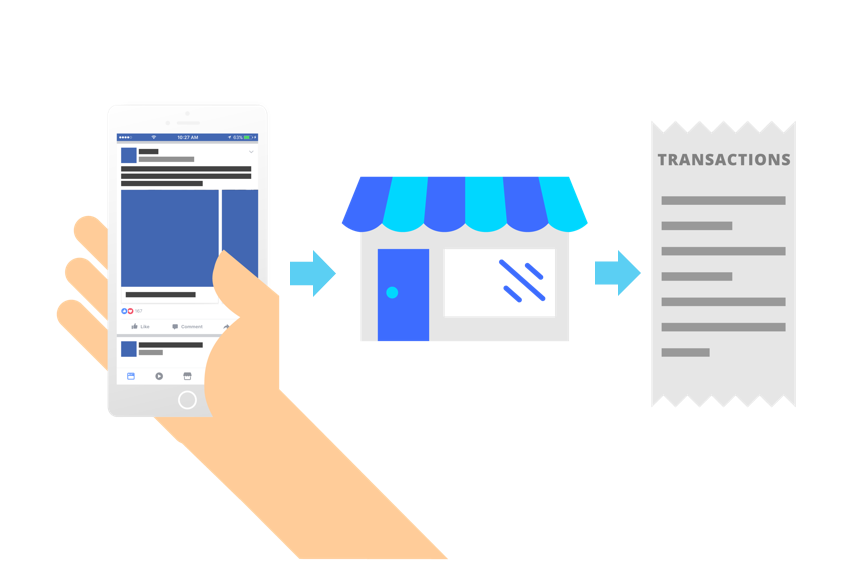
In case you don’t know, offline conversions are real-world actions directly resulting from marketing and other online efforts. For example, if you run Maps ads on Google and someone stops at your shop to buy a product, this is an offline conversion.
Depending on the kind of business you run and your industry, these conversions can be game changers for you to shine among the competition. If you want to learn more about Google Ads offline conversions, you can read our complete article on the subject, which discusses its impacts and how to improve it.
Efficient Conversion Values and How to Achieve Them
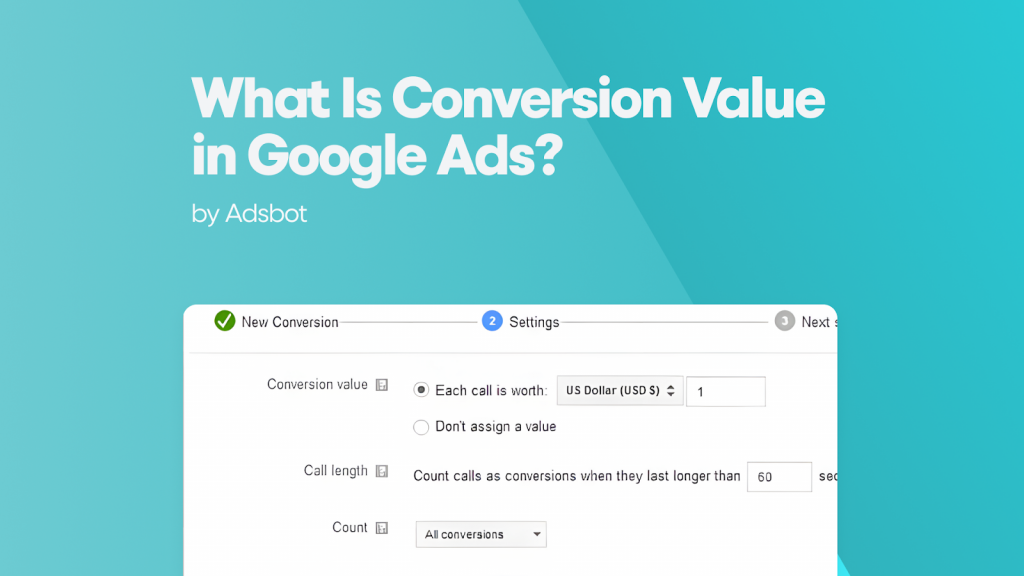
We all know that the ideal conversion values might vary depending on a series of factors, such as your industry and the platform where you’re advertising your products and services.
Still, there are several procedures and practices you can make to increase their values and get the best results possible. Here are the main ones:
Optimized Interface
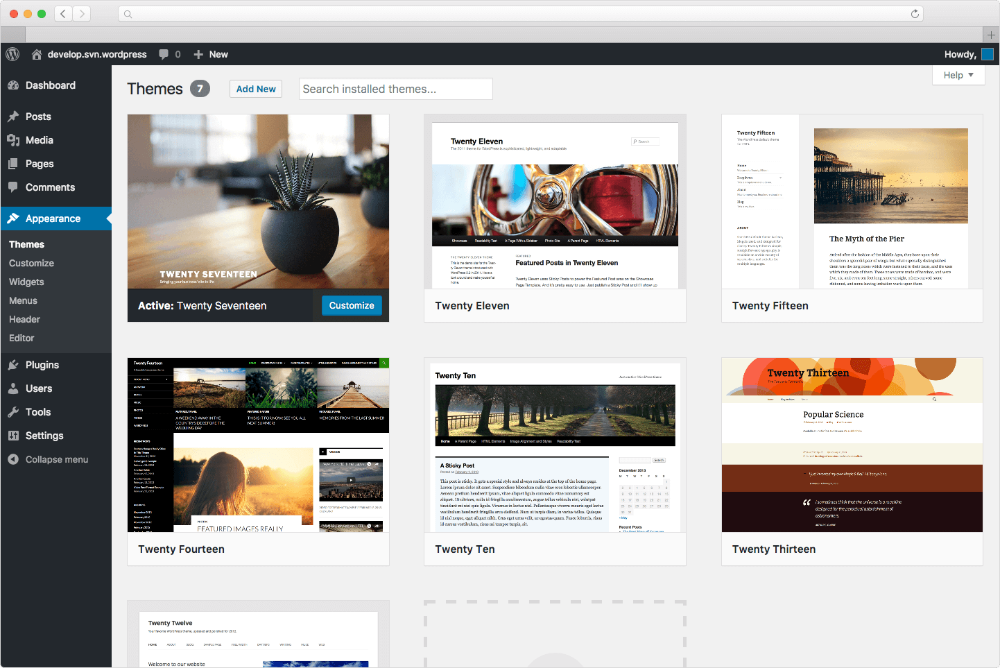
If you want to increase the efficiency of your conversion values, one of the best ways to do that is through a creative and eye-catching interface for your web page. It increases the chances of a user to perform the desired action and helps them spend more time on specific pages, which is a must for many businesses.
An optimized website helps to increase not only the traffic source regarding PPC campaigns but also your organic efforts, which are long-term. The more optimized your website and its plugins are, the better it will rank in Google’s search results. This way, with one effort, you’re contributing to two strategies.
Understand Your Audience
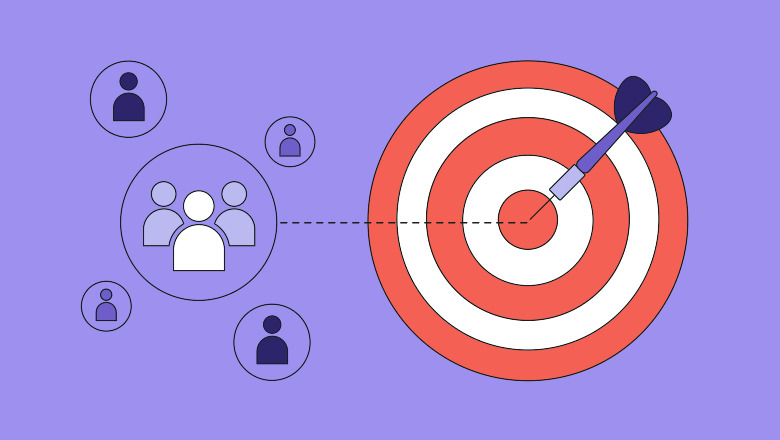
Another way of increasing your conversion margins is by understanding your target audience. This is an indispensable step, regardless of the action you’re trying to take or the objectives you’re pursuing.
It is one of the best ways to generate insights on what to do and better understand what your customers want to see when checking your content. Knowing where they are is also vital for increasing the total number of conversions.
If you advertise your website and content on a platform where your audience is not concentrated, your efforts won’t be so good, and your cost per conversion will drastically increase.
Choose the Right Keywords

Whether when it comes to the ads you build or the content inside your website, the keywords you choose also impact your conversions and how effectively your content reaches the right users. It is always important to do keyword research for a new campaign or simply to know what content the users want to see when navigating through your pages.
One of the advantages of using Google is that it provides a specialized keyword research tool, allowing you to easily track the best terms and words to feature, all in one place. This way, you dismiss the need for external services and third-party programs just for this task.
Make sure to follow Google’s guidelines and rules for keyword insertion, or you might generate the opposite result. Practices like keyword stuffing are highly toxic and can decrease the delivery of your content to users.
How to Add Conversion Tracking to WordPress With Google Analytics
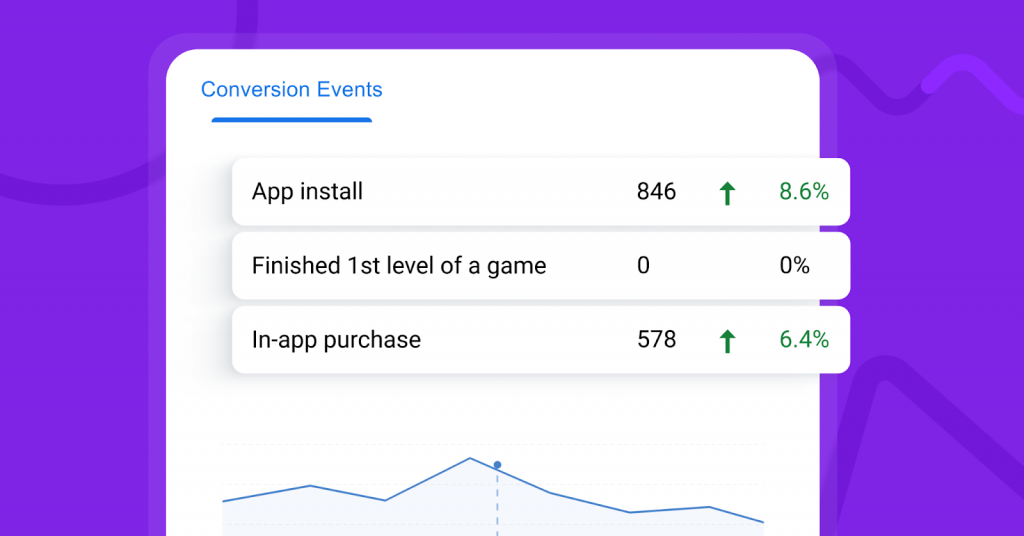
Now it’s time to see the main steps you need to take to add a tracker to your WordPress website. Whether you want to easily track digital downloads or a dashboard with the percentage of new sign-ups, this powerful tool has everything you need for precise evaluation of your performance.
But everything needs to be set up properly for it to work correctly. Make sure to follow all steps carefully to ensure the best results throughout the process.
Here are the main steps to quickly do it:
Create Your Google Ads Account
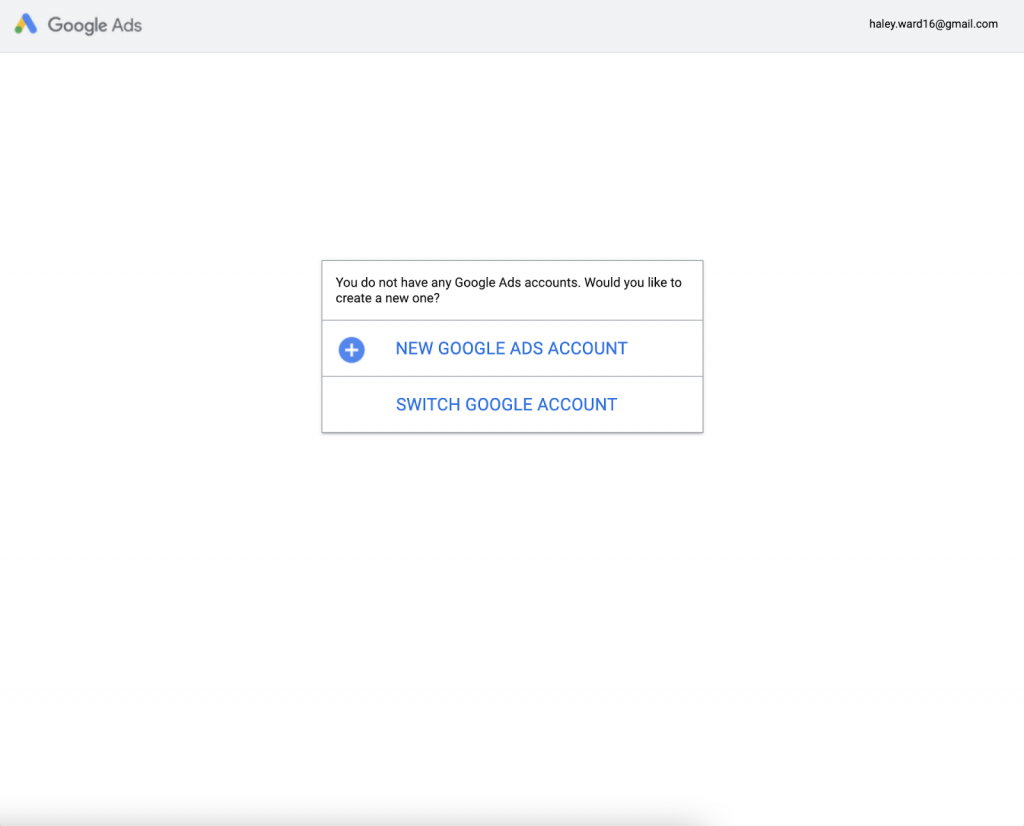
As you might expect, to connect Google’s services to your website, you must have an account created on the platform. It is a quick process and requires a few pieces of information about you and your business.
Double-check every field you fill in to ensure you upload the correct information. Otherwise, you may cause problems when setting up other aspects of the campaign and tracking tools.
Install the Analytics Plugin for WordPress
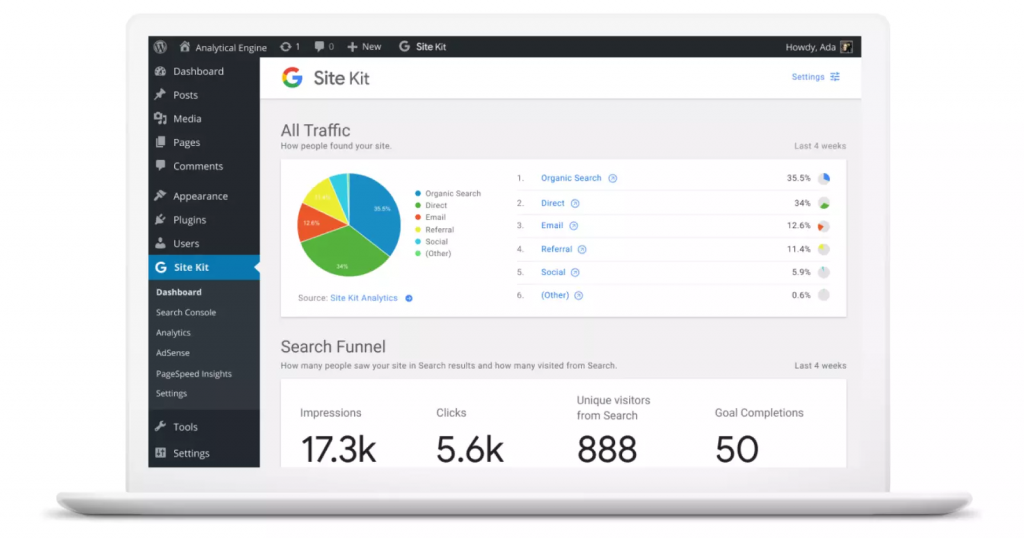
Next, you must choose a plugin compatible with WordPress to gather all your desired analytics information. Many options are available, like MonsterInsights, for example, which automatically links both accounts, providing all the information and insights you need for a precise evaluation of the numbers gathered and what they regard.
Each plugin has a different setup process, and it can vary depending on the data you want to collect. Make sure to look at the guide for each plugin to know how to add them to your web page and Google Ads profile correctly.
After adding the plugin, you can start setting up your conversion tracking preferences on Google Ads. It is a very simple process and can be done within minutes if you already have well-defined other aspects of the marketing strategy.
Set Up Your Conversion Action in Google Ads
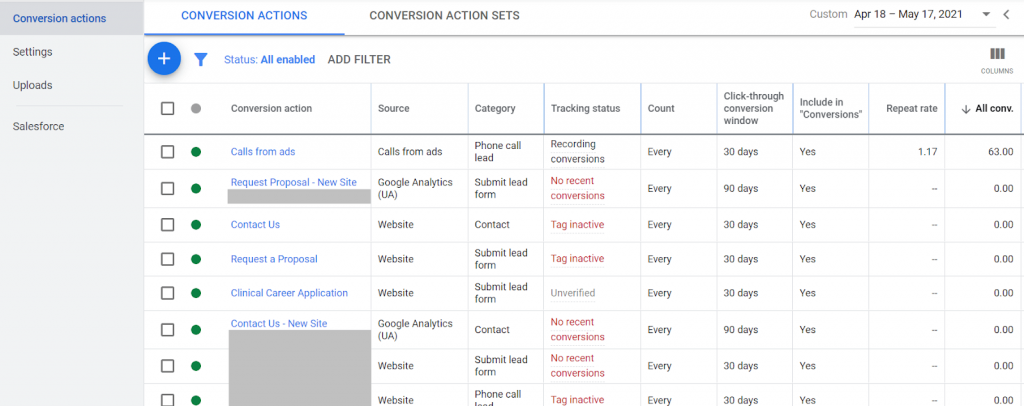
Your conversion actions are not restricted only to sales or subscriptions, and you’ll find numerous tools to ensure you can track whatever action you want. From app downloads to website page visits, you can stipulate tons of different triggers that will count as conversions.
You can do that by accessing the conversion actions tab on Google Ads and adding a new item to the specific campaign. There is also the possibility of adding multiple actions simultaneously, so the conversion tracking tool will count a new user whether they do one or another of the specified triggers.
Link Your Google Ads Conversion Tracking to Analytics
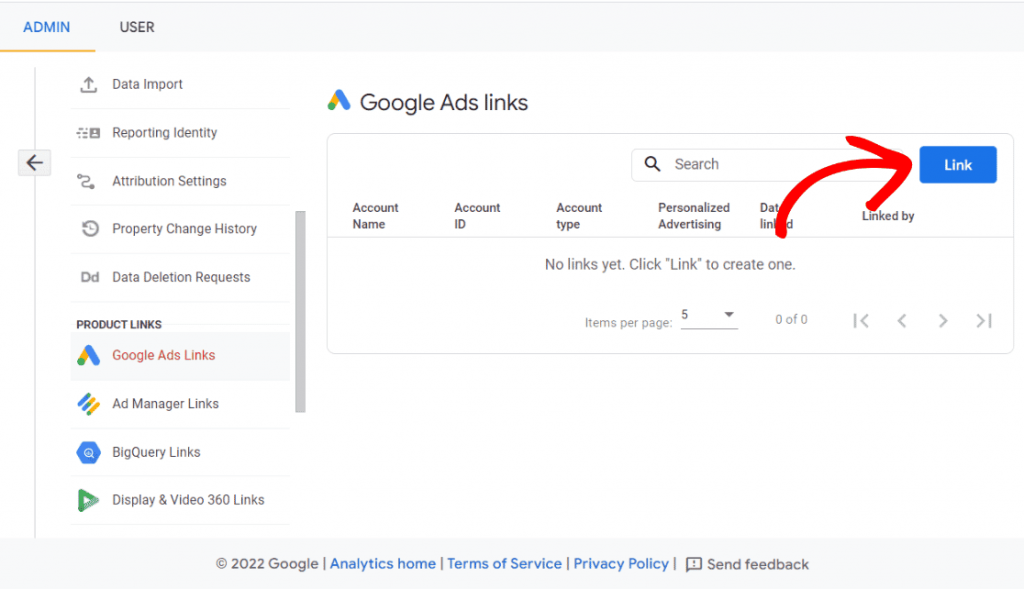
This step is very simple. The objective here is to link your Google Ads link to the Analytics tool. This way, you can track all information regarding your campaign in real-time.
Since both tools are from Google, this process is straightforward and does not require external tools. You just need to access the admin panel on Google Ads.
With this, you can click on the “Google Ads Links” option. That’s where you’ll find the address you can copy.
Once you do that, you just need to access Analytics and link to the specified campaign. Notice that if you run multiple campaigns at the same time, you’ll need to select which one you want to link manually.
Once this step is complete, Analytics will automatically start generating reports based on the data collected. You might need to wait a specific period before it generates the desired metrics. Sometimes, this process can take up to 15 days, the time Google needs to understand your audience and find the best way to advertise your content to them.
Link Google Ads to WordPress

Having linked Analytics and Google Ads, we also need to link the ads platform and the WordPress page for our visits and conversions to appear on the dashboard. This step will depend on the plugin you’re using and will require different actions depending on this factor.
To start setting up the plugin, go to the management settings of your website and search for the plugins tab. That’s where you’ll find all the options necessary to connect your tools and trackers.
Depending on the tool used and the information you want to gather, it might be necessary to manually add the tracker to your WordPress website. It is done through a tracking code featured inside the website, allowing Google to tell precisely when users perform the desired action.
Check Analytics
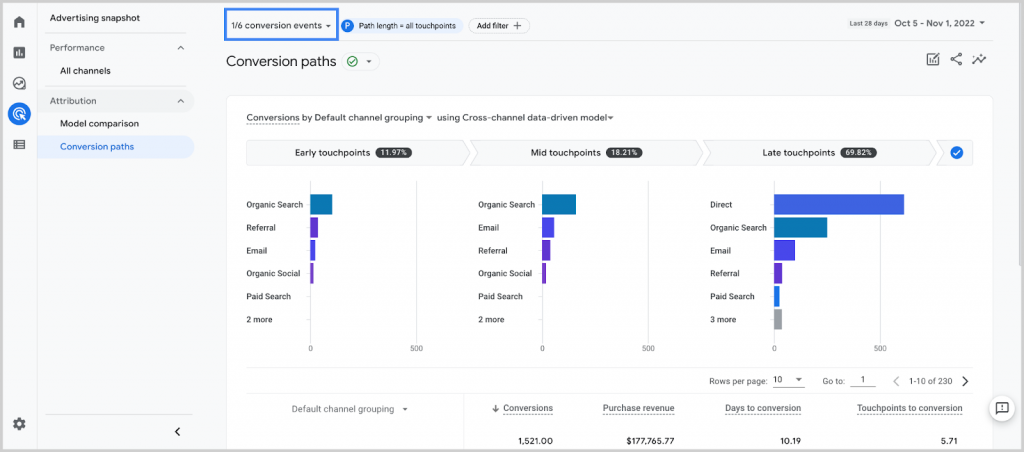
Now, you can check analytics to see if all the previous steps worked correctly and if the tool is gathering the data you specified. Make sure to double-check for any mistakes.
Otherwise, this might generate imprecise data that will lead to bad decisions. To avoid this, run tests and other kinds of actions so you can see how precise the tool is and if it’s tracking the right triggers for conversion.
It is a crucial step of the process and should be done whenever you make any changes to the plugin. Don’t be afraid to spend time testing the different aspects of the tool. The more you test, the safer it will be when using it on real clients and users.
Start Collecting Conversion Data
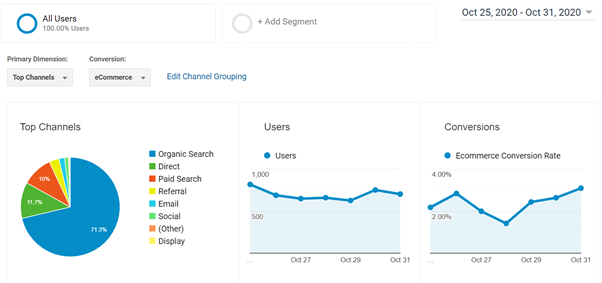
Now that you have checked everything and the integration between platforms is working properly, it is time to gather data regarding your conversion numbers. Whether you want to know your cost per conversion or the number of offline conversions, Google has numerous tools and features that allow you to measure these results precisely.
Remember that the tool will collect all pieces of data regarding your business and not only the ones you want. You’ll have a panel presenting all conversions gathered, not only from Google but from other platforms as well. If you want a more precise lecture on results, make sure to filter these numbers.
How to Maximize Conversions and Optimize Metrics

If you want to get the best results when promoting your WordPress website or when doing any marketing action, the best option is to hire a professional agency to help with this task. By leaving it to professionals, you not only improve the results of your paid and organic actions but also dismiss the need for the team to get involved with this task, ensuring work efficiency on the other tasks.
At GamerSEO, we have the best professionals on the market, with years of experience to ensure the best campaign based on your needs and objectives. Whether you’re looking for keyword research for your ads or complete strategy planning, we develop actions based on your pain points to find the most effective and optimized solution.
We work beside you in every step of the project, ensuring professional and effective communication. Join us, and let’s create quality marketing together.
Conclusion on Adding Conversion Tracking Code to WordPress

WordPress is one of the best platforms for creating your website. It features numerous tools and features that allow your creative side to shine, making it possible for you to create eye-catching layouts and quality content that will keep users entertained for hours.
Whether you have a blog, product page, or anything like that, keeping track of your conversions is an essential step of the process and can be the answer for growing the page to the next level. But for the action to have these positive results, everything must be well-planned and feature the right tools. One of the best options, not only for WordPress but also for Shopify and other platforms, is Google Analytics. It provides a deep and detailed analysis of all aspects of your conversions, helping to generate insights.
Read also about Set Up Google Ads Conversion Tracking Shopify.
But to achieve these results, everything needs to be adequately set up. From the plugin used to the specified conversion actions, everything impacts how precise your metrics are and whether they reflect the actual situation of your company. Make sure to consider these aspects before gathering any data.
Now that you know everything you need, it is time to start setting up Google Analytics on your WordPress page. Follow all steps carefully, and you’ll have the best results when tracking your main metrics.

A PPC specialist who started with organic social media. For several years, the core of his activities are:- Google Ads, Microsoft Ads, Meta Ads, TikTok Ads, Twitter Ads, Linkedin Ads. He has led campaigns with a global reach, e.g. for FootballTeam, G2A, ETOTO, as well as many smaller campaigns in the sports, construction and financial industries. Has full focus on ROAS. Privately, a fan of football, history of wars and Star Wars.
